News for Researchers
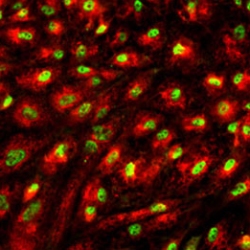
Researchers Show Efficacy of Stem Cells for Brain Injuries (News Medical)
(Gainesville, FL) Mesenchymal stem cells (MSC) topically transplanted on the brain migrate to the site of traumatic brain injury.

New Method for Producing Pure Organ Cells from Embryonic Stem Cells (Cell)
(Singapore) A*STAR Genome Institute of Singapore has developed a new method for directing the development of embryonic stem cells into very pure populations of liver cells or pancreas cells.
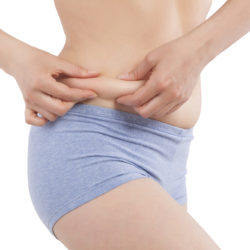
Fat Source Makes a Difference for ASCs (Cell)
(Singapore) Stem cells from subcutaneous adipose tissue express different cell surface markers then stem cells derived from visceral fat.
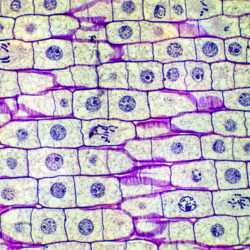
Biologists Create New Model For How Stem Cells Specialize (SciGuru)
(Houston, TX) Rice University scientist develop a new theory to show how DNA in pluripotent stem cells is pushed into a particular direction by proteins the cells are exposed to as they begin to specialize.
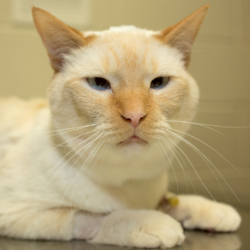
UGA Vet Surgeons Use Feline ASCs in Kidney Transplant (Online Athens)
(Athens, GA) Stem cells used in a cat to optimize the acceptance of a transplanted kidney.
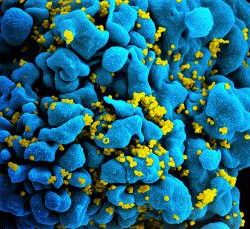
Gene Editing With iPSCs Shows HIV Promise (Newscientist)
(San Francisco, CA) Induced pluripotent stem cells (IPSC) with an altered genome resist HIV infection.
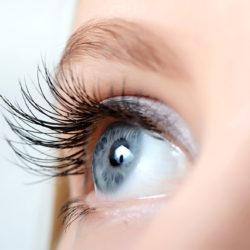
Human Stem Cells Used to Create Retinal Tissue
(Baltimore, MD) — Researchers from the John Hopkins University School of Medicine say they have created three-dimensional human retinal tissue from induced pluripotent stem cells (iPS). The tissue notably includes functioning photo-receptor cells capable of responding to light, the first step in the process of creating visual images in the brain.
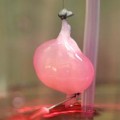
UC Davis Medical Center Produce Bladder Stem Cells
(Sacramento, CA)—For the first time, induced pluripotent stem cells (iPS cells) have been transformed into specialized bladder cells. A research team at the UC Davis Medical Center’s Institute for Regenerative Medicine reports the successful re-programming of iPS cells derived from human skin ells and umbilical blood cells. The research has significant implications for the treatment of diseased or cancerous bladders. The research team was led by Dr. Eric Kurzrock at the UC Davis Institute for Regenerative Cures.

Induced Pluripotent Stem Cells Differentiate and Survive in Rhesus Brains
(Madison, WI)—University of Wisconsin researchers report the differentiation of transplanted autologous iPSC-derived neural progenitor cells in rhesus monkeys. The induced pluripotent stem cells (iPSCs) survived for six months after differentiating into neurons, astrocytes, and myelinating oligodendrocytes.
